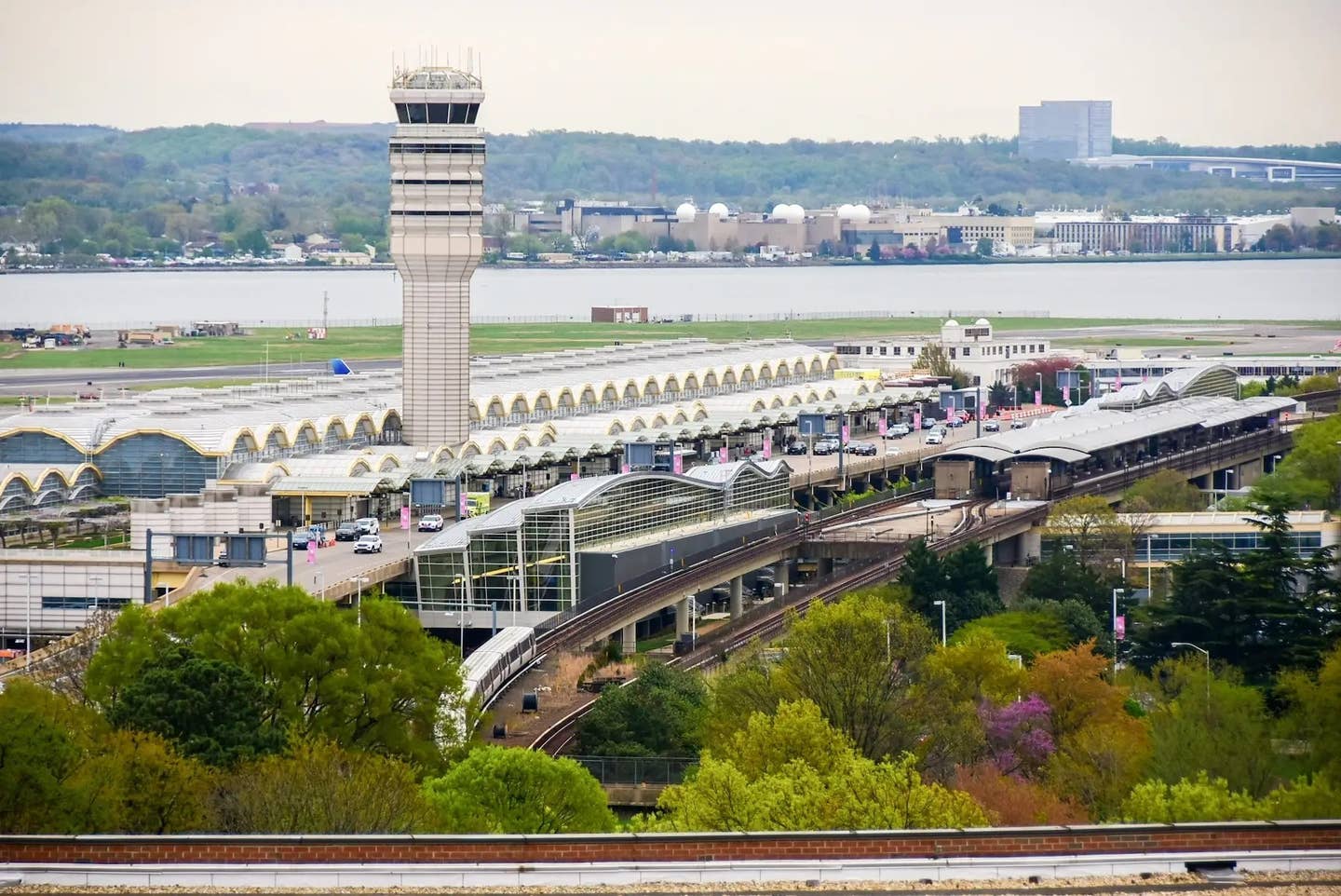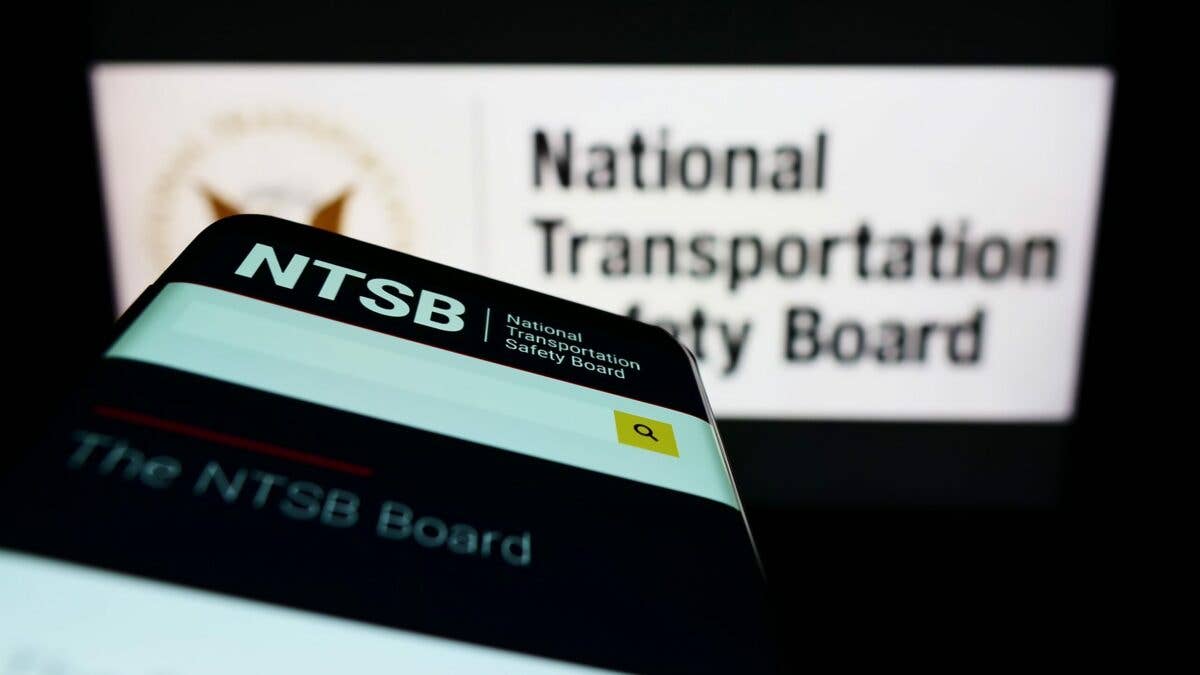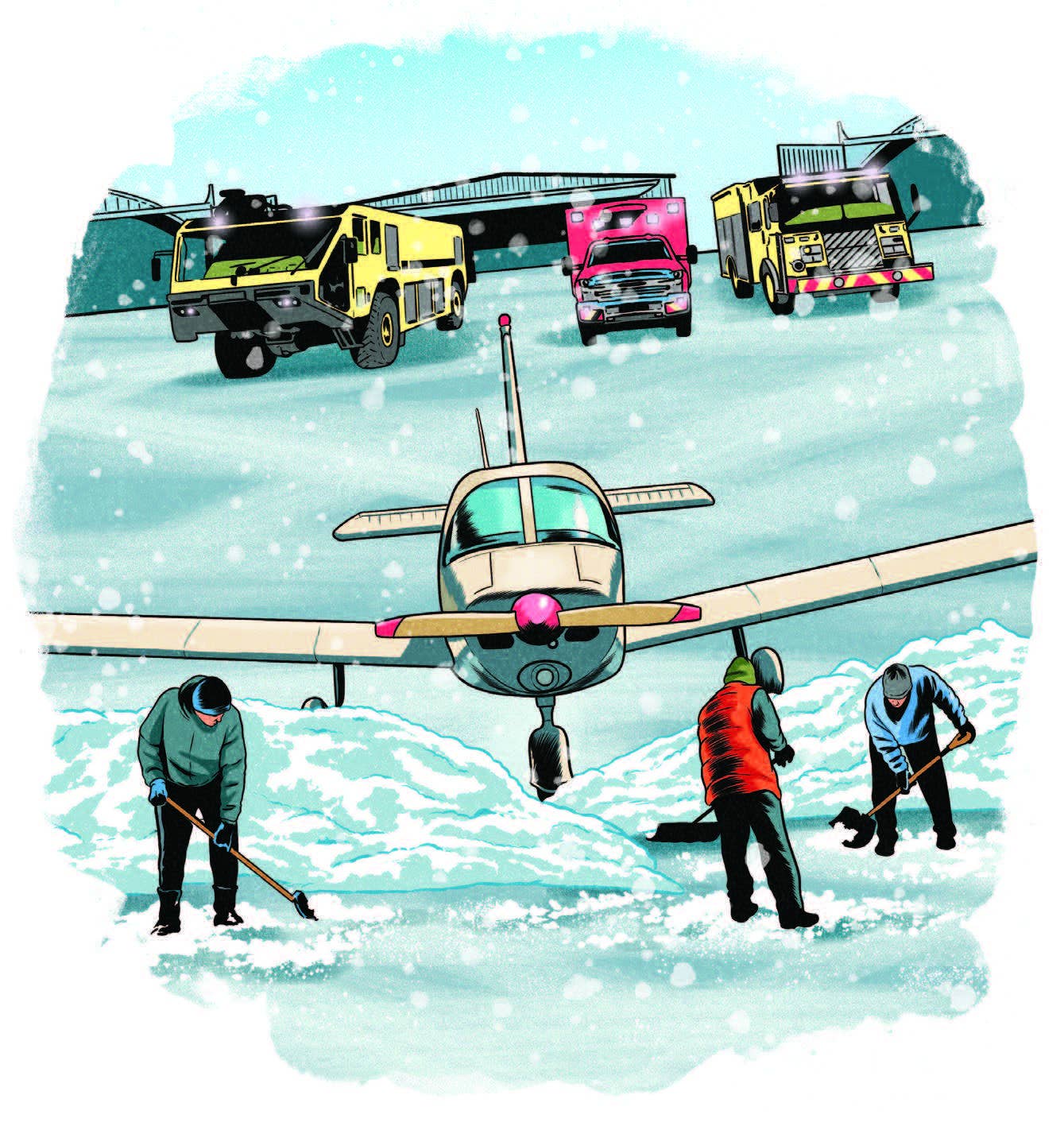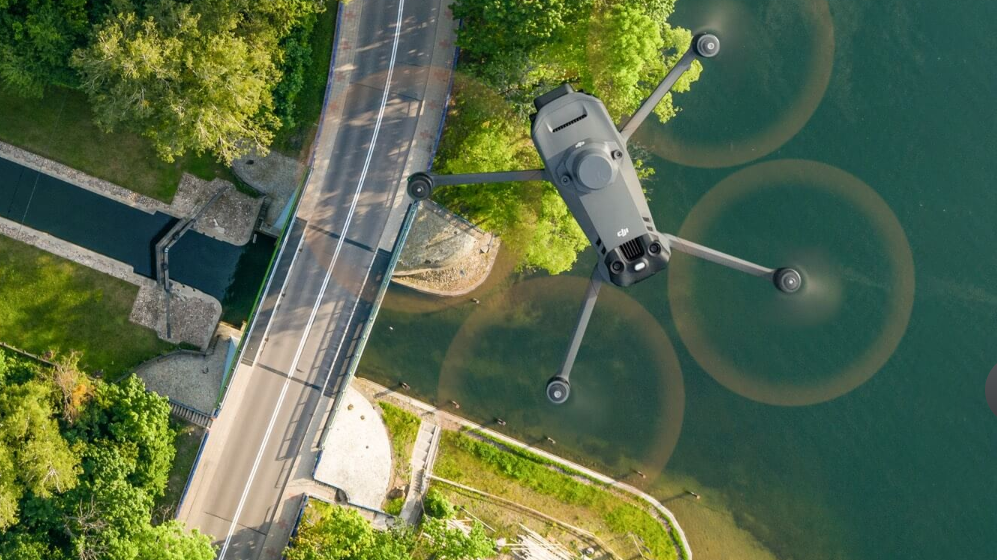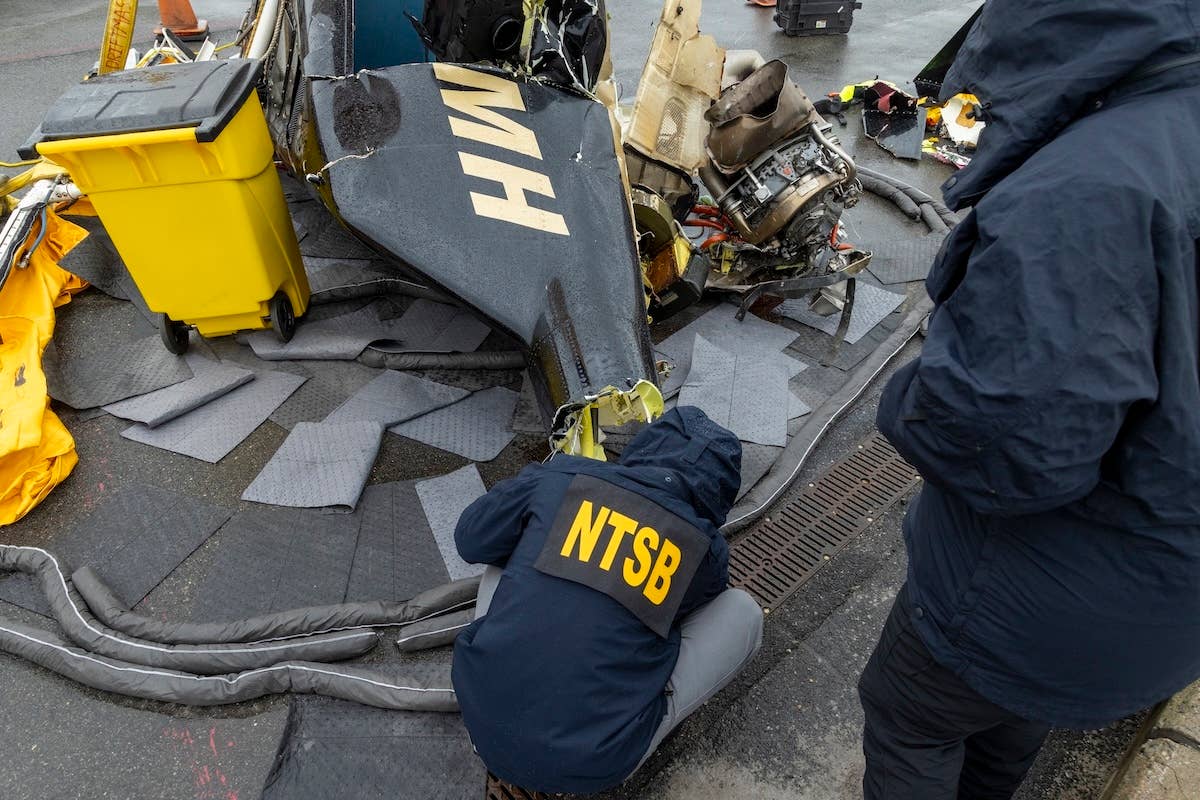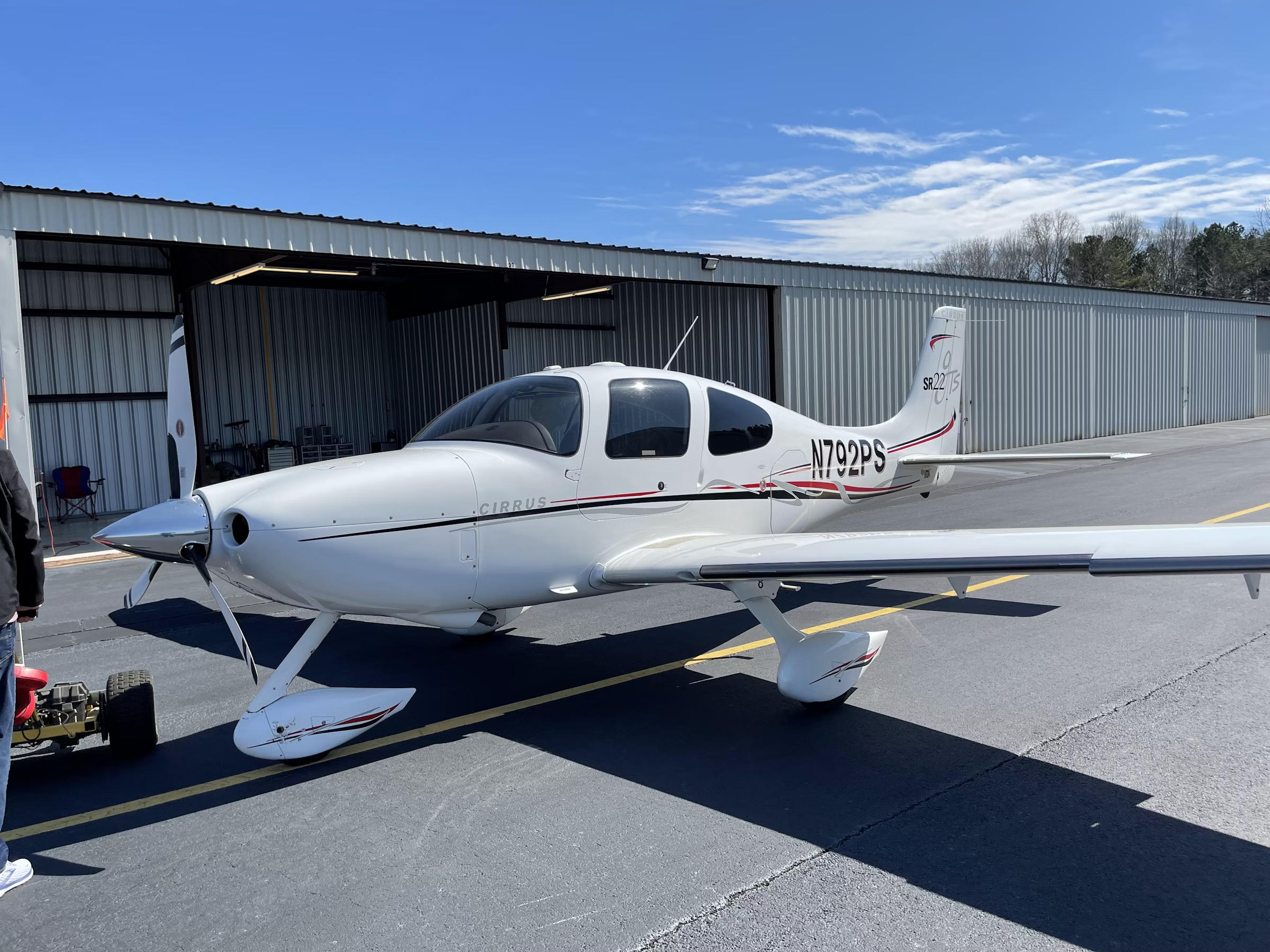Hyundai Unveils Electric Air Taxi Concept with Eye on 2028 Launch
The automaker’s Supernal subsidiary revealed the SA-2, a V-tail eVTOL design built for one pilot plus four passengers to fly 25 to 40 sm urban air taxi routes.
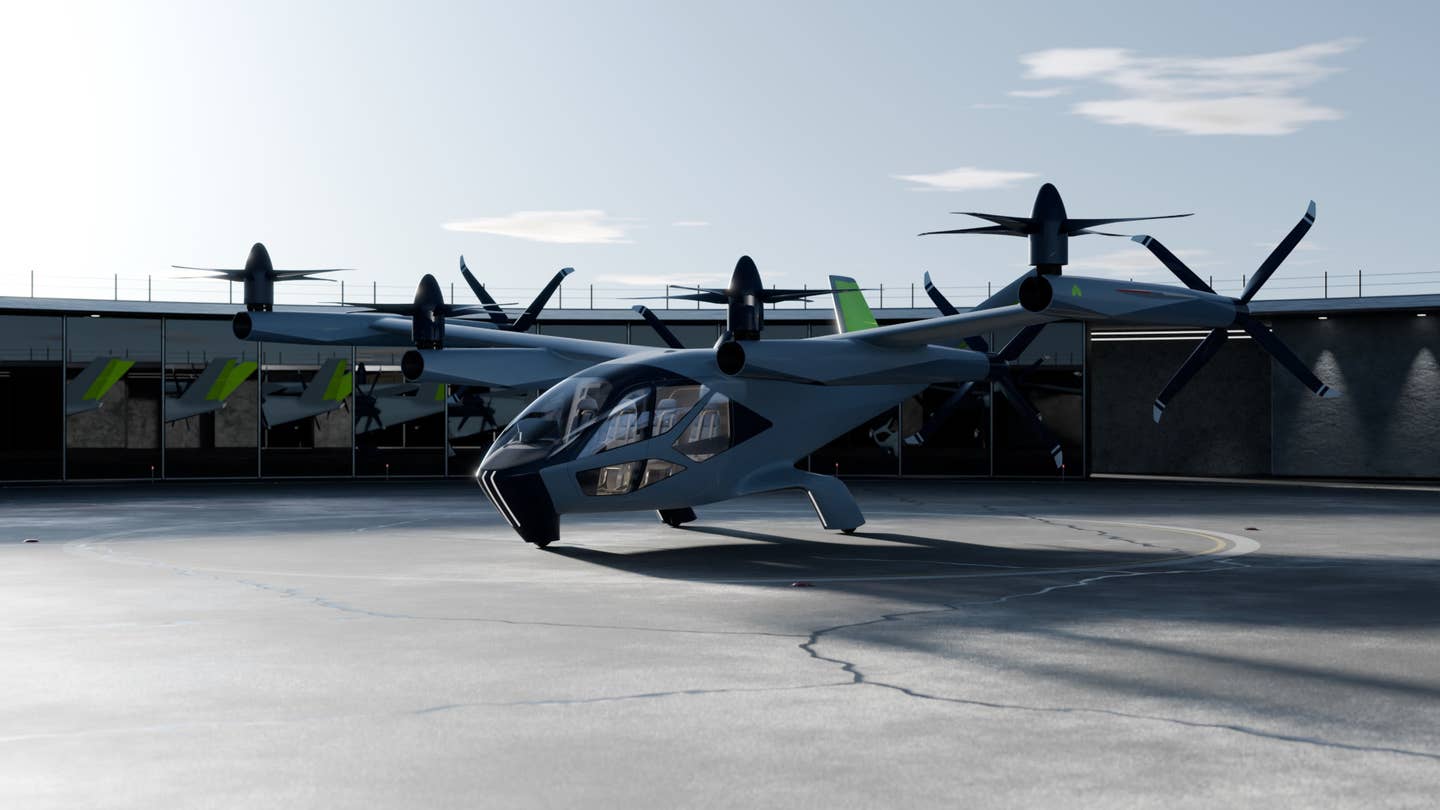
An early look at Supernal’s S-A2 electric air taxi, which debuted this week at the Consumer Electronics Show in Las Vegas. [Courtesy: Supernal]
After years of prototyping and product development, one of the world’s top automakers has officially thrown its hat in the electric vertical takeoff and landing (eVTOL) air taxi ring.
Supernal, an advanced air mobility (AAM) subsidiary of Hyundai Motor Group spun out in 2021, on Tuesday unveiled its S-A2 vehicle concept at the Consumer Electronics Show (CES) 2024 in Las Vegas, marking its entry into the eVTOL industry in earnest. The five-seat vehicle is built for a pilot and four passengers to fly on zero-emission air taxi routes in cities such as Los Angeles and Miami, as early as 2028.
Supernal said its air taxi services will emphasize safety and affordability, envisioning routine passenger travel over the congested streets of urban metropolises. Initially, the eVTOL will fly 25 to 40 sm (about 22 to 35 nm) trips, cruising at 120 mph (104 knots) at around 1,500 feet agl.
Before taking to U.S. skies, Supernal said S-A2 will achieve “commercial aviation safety levels” via FAA type certification, a process the firm expects to begin in 2026, per its website. Electric air taxi designs expected to hit the market in 2025 are about one year into that phase.
“By leveraging our talented 600-person team, the vast technical and business capabilities of Hyundai Motor Group, and trusted aviation suppliers around the world, Supernal is ready to deliver a new era of flight,” said Jaiwon Shin, president of Hyundai Motor Group and CEO of Supernal.
The large team—comparable to companies that have occupied the eVTOL space for years—will compete with the likes of Archer Aviation, Joby Aviation, and Boeing-owned Wisk Aero, all of which are backed at least in part by major airlines or aircraft OEMs. Supernal itself is working with a combined $1.2 trillion, funneled through its parent company’s other brands: Hyundai, Kia, and Hyundai Mobis.
The company also intends to work with Hyundai to develop an affordable manufacturing process for the air taxi, leveraging the prolific automaker’s web of engineering assets.
The Specs
According to Supernal, the main design considerations for S-A2 were safety, sustainability, and passenger comfort. The aircraft builds on the company’s S-A1 “vision concept”—an early prototype displayed at CES 2020. But a few key differences stand out.
The new concept retains the distributed electric propulsion system of its predecessor but doubles the number of tilting rotors from four to eight. Four propellers on the trailing edge of the nearly 50-foot wing tilt down to produce lift for vertical flight, while four on the leading edge tilt up.
Each tilt rotor will power the air taxi across all phases of flight, from vertical lift to horizontal cruise. According to Supernal, S-A2 will initially operate “as quietly as a dishwasher,” producing 60 dB of noise during vertical takeoff and landing and just 45 dB in cruise.
The S-A1, by contrast, paired four tilt propellers with four sets of stacked co-rotating propellers, using only the latter for vertical flight. The configuration was similar to the latest designs from Archer, Wisk, and U.K.-based Vertical Aerospace. Some observers have noted similarities between S-A2 and Archer’s Midnight prototype, which rolled out in March 2023 and took flight in October.
Supernal’s “robust” new airframe, measuring about 33 feet, also preserves the unusual V-tail design of S-A1. The V-tail replaces traditional vertical and horizontal tail control surfaces with a V-shaped “ruddervator,” which combines the functions of a rudder and elevator.
Proponents of the V-tail claim it can reduce drag. Detractors dispute this and point to disadvantages in control and structural efficiency, arguing the design is useful only in special cases. Examples of V-tail aircraft include certain models of the Beechcraft Bonanza and Cirrus Vision Jet SF50.
The S-A2 airframe also includes redundant components in its powertrain, flight controls, avionics, and other critical systems. Should a rotor fail, for example, others can pick up the slack.
Supernal said the air taxi’s “clean, minimalist” aesthetic was influenced by automotive designs. Working with Hyundai engineers—who have spent years designing electric vehicles and “smart cars”—the manufacturer worked to blend style with functionality. The goal was to make the aircraft attractive to operators and passengers.
“S-A2 is a true representation of ‘auto meets aero,’” said Luc Donckerwolke, president, chief design officer, and chief creative officer of Hyundai Motor Group. “Drawing on the competence of Supernal’s top aerospace engineers and Hyundai Motor Group’s world-renowned automotive designers to create human-centric design that maximizes passenger experience and safety.”
Light changes between different phases of flight, for example, provide both aesthetic appeal and visual cues for passengers, Supernal said. Both the cockpit and fuselage are encircled by glass windows to give pilots and passengers panoramic views, with the potential side effect of added weight.
As it advances toward certification, production, and the addition of new use cases for S-A2, Supernal will also look to add flexibility. The ability to reconfigure the cabin for passengers or cargo or upgrade the battery module as the design improves, for example, may be on the horizon.
“S-A2 is designed to take full advantage of emerging electric powertrain advancements that will define the next generation of aviation,” said Ben Diachun, chief technology officer at Supernal. “From here, we will develop this concept into a revolutionary commercial product.”
The Flight Plan
Supernal’s S-A2 is on display at the company’s vertiport exhibit at CES 2024 until Friday. There, attendees can take a simulated flight over Los Angeles in a nod to what may be the company’s first commercial market.
In 2022, it partnered with the National Renewable Energy Laboratory (NREL) to work with the city on exploring the feasibility of air taxi services there. That includes the development of key infrastructure, such as vertiports. Last year, Supernal opened an engineering headquarters and research and development facility outside the city.
Vertiports, for which the FAA released initial standards in 2022, will be a crucial component of Supernal’s planned service. The sites are expected to operate much like heliports today, with the addition of electric charging infrastructure. Many will be installed at airports and other existing airfields.
“Quiet electric flight will enable vertiports to be in cities, at airports and elsewhere for seamless integration with existing transit options,” Supernal said in a news release. “Combined with air traffic control improvements and advanced micro-weather forecasting, S-A2 and vertiports will facilitate mobility far beyond what existing and projected ground infrastructure can deliver.”
According to its website, Supernal will begin full-scale flight tests of S-A2 this year. But the company is not in a rush to launch alongside the initial cohort of air taxi competitors—which are expected to include Archer, Joby, and others—in 2025.
In addition to Los Angeles, Supernal has an agreement with the city of Miami to bring electric air taxi services there in 2028. Beyond the U.S., the manufacturer recently partnered with Korean Air to launch operations in South Korea.
Like this story? We think you'll also like the Future of FLYING newsletter sent every Thursday afternoon. Sign up now.

Sign-up for newsletters & special offers!
Get the latest FLYING stories & special offers delivered directly to your inbox

